My miniature setting for the 2012 Philadelphia Flower Show is going to be a miniature museum that highlights Hawaiian plant lore and mythology. I have been researching the stories, myths, chants, and belief systems of the ancient and contemporary indigenous Hawaiian (I am an anthropologist, by the way) so what I will present in the miniature exhibits will be based in real information about Hawaiian culture. You can read about Hawaiian mythology here, and you can search for information about native Hawaiian plants here. Here are some of the topics I hope to cover, although I am not sure how many I can fit into the space we have (36″ by 22″).
PRELIMINARY TOPICS
The Hawaiian worldview, the way they see the world and how it works, relies on an integration of the world of the gods, the world of humans, and the environments in which they interact. An intimate knowledge of the physical world is tied through language, stories, and rituals to a sense of place, plants, animals, and physical forces as living beings all related to each other. The world is not divided up , as it is in Western cultures, into separate realms of science, religion, environment, or politics. Instead these are all aspects of every living thing, from a stone to a plant to a specific god. According to Beckwith’s classic study of Hawaiian myths, “Vegetable growth is regarded by Hawaiians with more religious awe than animal life because it is not so intimately associated with man. All life other than human springs from the gods since it is out of control of man. It is therefore alive with spirit force. Plants are thought of as transformation bodies of gods and as such take their place in myth.”
TOPIC 1: THE KU GODS KU, like most traditional Hawaiian gods, has many aspects. For example, he is associated with rain and forest plants and some of his names in this roles are:
Ku-moku-hali‘i (Ku spreading over the land)
Ku-pulupulu (Ku of the undergrowth)
Ku-olono-wao (Ku of the deep forest)
Ku-holoholo-pali (Ku sliding down steeps)
Ku-pepeiao-loa and -poko (Big- and small-eared Ku)
Kupa-ai-ke‘e (Adzing out the canoe)
Ku-mauna (Ku of the mountain)
Ku-ka-ohia-laka (Ku of the ohia-lehua tree)
Ku-ka-ieie (Ku of the wild pandanus vine) (taken from Beckwith, Hawaiian Mythology)
His role as the god of war and battles is familiar from “tiki” figures of a fearful, angry being with a wild face and human body. There are real images of a type of KU figure (you can see one here from the British Museum) that is the basis for some of these tourist productions..
Kuka’ilimoku is the war god, associated with King Kamehameha, and dubbed the “snatcher of lands.” But Kuka’o’o is the god of the digging stick, the ‘o’o. Ku also gave the breadfruit tree, the ‘ulu, (ARTOCARPUS ALTILIS) by burying himself in the earth during a famine and, watered by his wife’s tears, grew into the ‘ulu. I will develop an exhibit on Ku and his male generating force associated with plants and trees, including breadfruit, which became a staple food in the Hawaiian islands.
Breadfruit:
TOPIC 2: PELE AND KAMAPUA’A Kamapua’a is the shape shifting pig-man demigod who is also able to take the form of various plants. In one battle with his lover Pele, the goddess of volcanoes and fire, Kamapua’a took the form of the ‘ama’u fern (SADLERIA sp.) which today lives on the slopes of the caldera of Kilauea as a reminder of their encounters. The exhibit will use a cascading fountain to simulate lava flowing, surrounded by plants and ferns and a statue of Kamapua’a in his pig form.
 Kamapua’a
Kamapua’a
TOPIC 3: KAPA The bark cloth, kapa, made from the wauke, the paper mulberry tree (BROUSSONETIA PAPYRIFERA). Kapa was used for clothing, as blankets, as room dividers, to wrap offerings, to wrap the bones of the deceased, and to dress ceremonial objects, among other things. Kapa (called tapa elsewhere in the Pacific), was painted, dyed, stamped, and stenciled using dyes from other plants. It was made by beating the prepared bark and then attaching the thin pieces to each other with glue made from the ‘ama’u fern (same as the one in the above story of Kamapua’a). In mythology, the first wauke grew from the body of Maikoha, a man with several children who directed them to bury his body by a particular stream. When they did, the tree grew from his body and the children processed it into the first kapa. Maikoha became the ancestor god of kapa makers.
TOPIC 4: GOURDS
Gourds had many uses. They we used to carry and store water and could be made into drums for hula. The single gourd drum is an ipu and a double gourd drum is an ipu heke. Rattles and game equipment were also made from gourds. A malevolent spirit could be identified by the type of reflection made in a gourd carrying water, revealing its presence to others. Seers could look into a water-filled gourd and make predictions. Gourds were often carried in a string net. Special gourds served as the “ipu o Lono,” or Lono’s gourd, and were used in different ceremonies, including the weaning of boys.

Double gourd drum, photo by L. Krasniewicz

Decorated Gourd, Bishop Museum
TOPIC 5: KOA The koa tree (ACACIA KOA) produced wood that was used for canoes, paddles, spears, surfboards, and ritual objects. Koa is strong and beautiful, with swirls of different colors in the wood. A Koa tree chosen for a canoe was subject to approval by a local priest who used dream divination to decide if the tree was approapriate. Offerings were made to the gods of the forest.



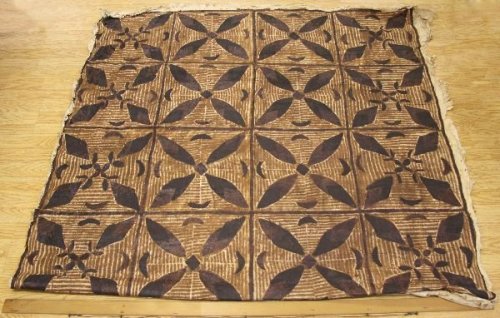

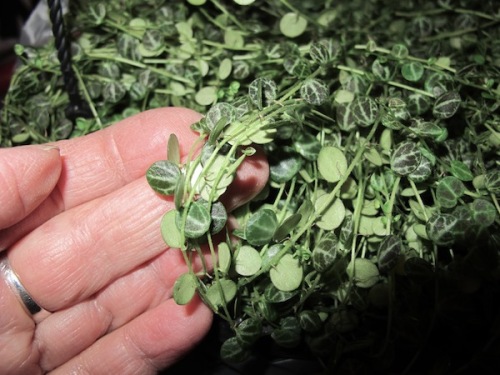

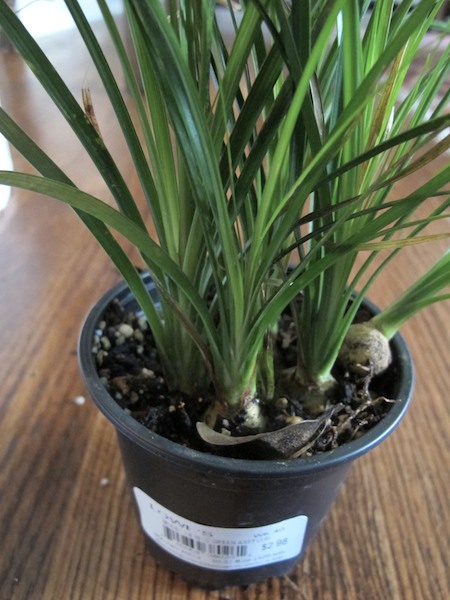
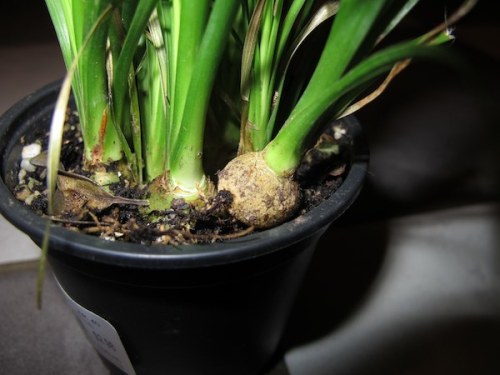













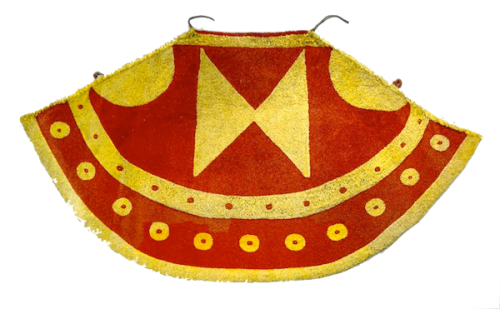
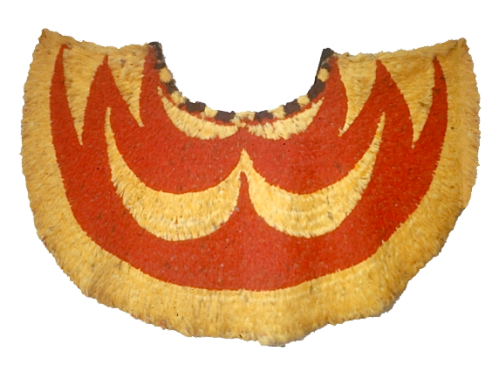






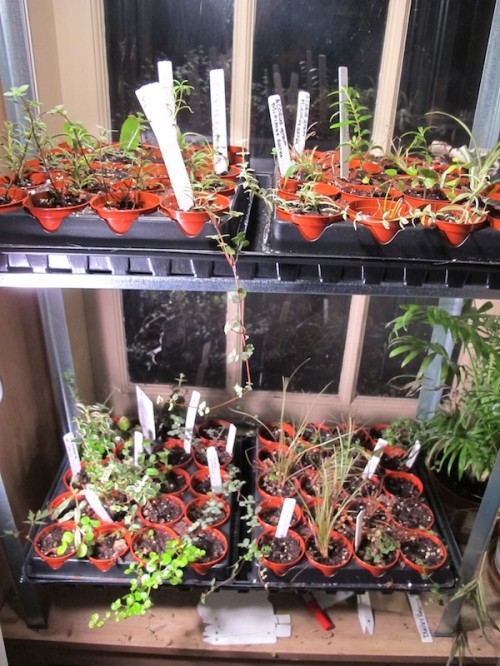




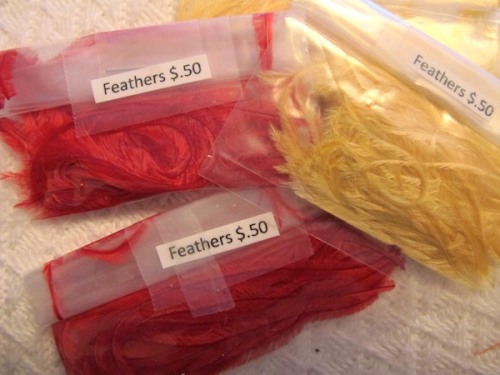




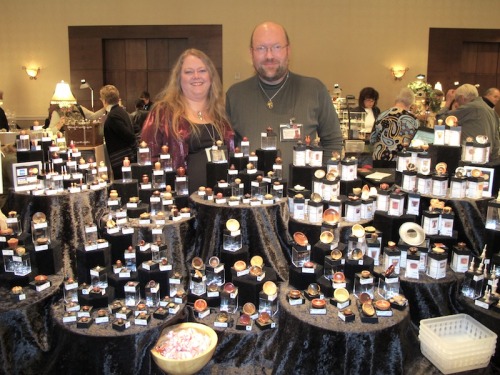

You must be logged in to post a comment.